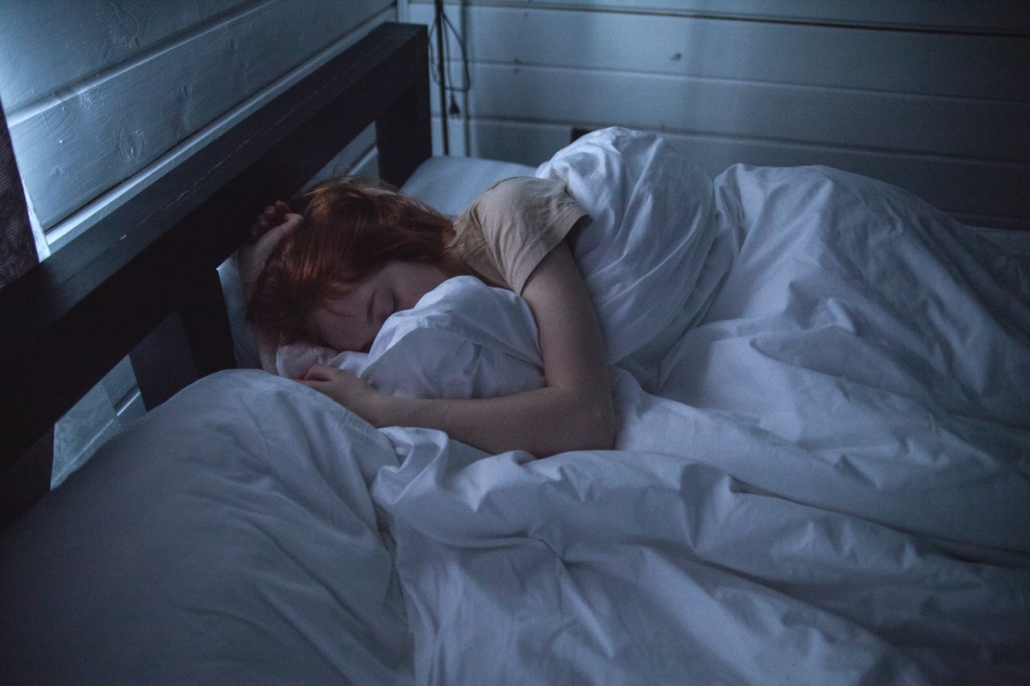Uncovering the Causes of Primary Insomnia

Primary insomnia is quite common. The International Classification of Sleep Disorders defines primary insomnia as a syndrome that includes psychophysiological insomnia, paradoxical insomnia, and idiopathic insomnia. Primary insomnia is defined as difficulty falling asleep (sleep onset insomnia), difficulty staying asleep (mid-sleep awakening, early morning awakening), or chronic non-restorative sleep that lasts more than three weeks despite adequate sleep opportunity and results in impaired daytime functioning. There are no known psychiatric disorders, medical conditions, or substance use disorders that explain primary insomnia. Primary insomnia is a non-organic sleep disorder with an unknown aetiology that primarily affects middle-aged females. Recent research points to the hyperarousal hypothesis of primary insomnia. Non-restorative sleep may be excluded from the definition of primary insomnia in the near future.
10% to 40% of adults have intermittent insomnia, and 15% have long-term sleep problems. This article examines the classification, differential diagnosis, and treatment options for insomnia. OVID and the key words “insomnia,” “sleeplessness,” “behaviour modification,” “herbs,” “medicinal,” and “pharmacologic therapy” were used in a MEDLINE search. Articles were chosen for their relevance to the topic. A careful sleep history, review of medical history, review of medication use (including over-the-counter and herbal medications), family history, and screening for depression, anxiety, and substance abuse are all part of the evaluation of insomnia. Treatment should be tailored to the nature and severity of the symptoms. When compared to drug therapies, nonpharmacologic treatments are more effective and have fewer side effects. Initially, medications like diphenhydramine, doxylamine, and trazodone can be used, but patients may not tolerate their side effects. Newer medications with short half-lives and few side effects include zolpidem and zaleplon. Both are approved for short-term use in the treatment of insomnia.
Many people have trouble sleeping. According to a Gallup poll conducted in 1995, 49% of adults were dissatisfied with their sleep at least 5 nights per month.
1 According to population-based studies, 10% to 40% of American adults have intermittent insomnia, and 10% to 15% have long-term sleep problems.
2 Insomnia has been linked to decreased work performance as well as an increase in motor vehicle accidents and hospitalisation rates.
3 The annual cost of lost productivity and insomnia-related accidents is estimated to be more than $100 billion.
4 The goal of this review is to provide a current overview of insomnia classification, differential diagnosis, and treatment options. OVID and the key words “insomnia,” “sleeplessness,” “behaviour modification,” “herbs,” “medicinal,” and “pharmacologic therapy” were used in a MEDLINE search. Two of the authors reviewed the abstracts (ENR, SLP). The articles were then chosen based on their relevance to the topical review.
Also check: journaling for mental health
Classification
More article: Rower WaterRower A1 | Radiologist earning in Australia







